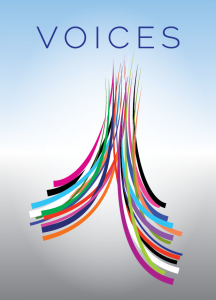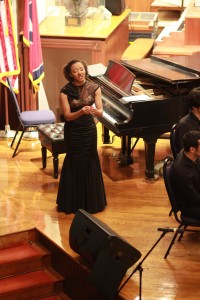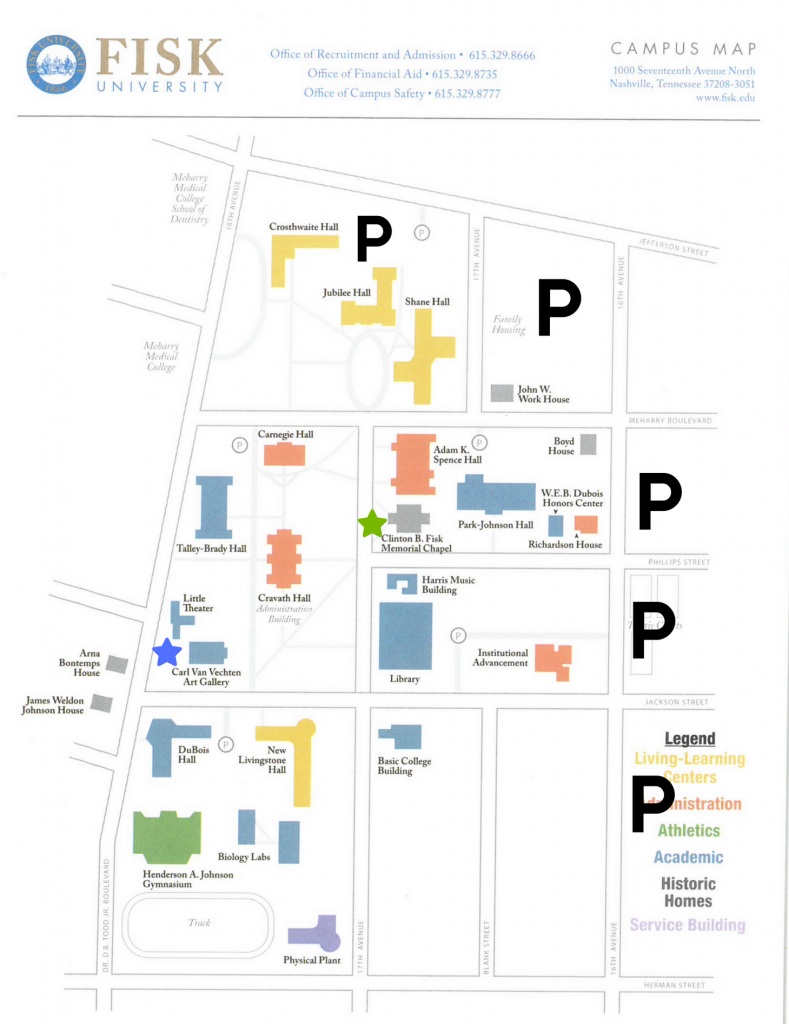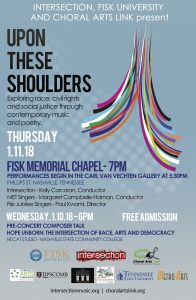As a lifelong musician, I am continually reminded of the beauty and inspiration found in my visual surroundings; one feeds the other. Many moons ago when visited by my music friend and colleague, Sue Snyder, we spent time at the Renaissance Center (Dickson TN). It was a time of exciting discovery: we found that both of us look at artwork from a very musical perspective. There are patterns, timbre and flow (melodic flow), form, rhythm in every piece of artwork, whether paintings or sculpture.
I hear virtually – within my head (aka Audiating) – what the texture of a painted line might sound like, or create a mental sound file of a pattern I see. Do you hear anything when you look at artwork? Maybe you see or feel movement or the possible movement that a painting or sculpture conveys.
Look with your eyes, not with your hands.
It is an exciting discovery to realize how intellectually stimulating and just down right inspiring my music ‘lens’ offers. I can immerse myself for hours in visual arts.
My only flaw, well maybe just my art gallery no-no, is that I want to touch the actual texture of the painting or sculpture. I am known to walk around with my hands behind my back to keep from reaching out to ‘feel’ the texture or trace the line.
This special music filter even gets my mental fireworks popping when a graphic design truly grasps the visual essence of an idea, a song, an album or concert. This ‘idea picture’ or logo, conveys a theme, which is an important role that sets the visual tone of what is to come. It is the first glimpse that potential attendees have into the event’s mood and artistry.

Upon These Shoulders
Artistic Filters are fascinating.
The first thing I am reminded of when my eyes are drawn into this logo’s shapes, is its color-weaving lines. When you are embroidering, and want to create a design, it takes different colored threads organized a certain way, to make the picture come to life. When finished, you have created something vibrant using each thread in a unique weaving of colors. A choral arts term, blending, is what think of ‘and hear’ as my eyes look at the logo’s outer and inner color-lines. Vocal blending (in singing) is like the goal of weaving. Each voice brings its special sound quality to the choir. In music, each personal vocal sound (voice) is identified as having its own color (aka timbres), and contributes its color to the totality of the choral sound: blended voices. These vocal contributions create – blend a new, unified, community sound. The choral blend outcome is just as colorful and vibrant as the visual combining of individual color-threads.
Music moves and moves us.
A key impression is how music flows across a page, and when sung or played, flows through the atmosphere. This graphic, for me, is very musical in its motion; coming from different points and flowing upward. With this filter on, I visualize the backbone of the historical civil rights movement; the steady gathering of so many everyday people who moved steadily forward. They moved in silence, in song, in spoken word and in footsteps to lift and move another generation yet to come.
Community.
Voices of MET Singers, individually and collectively, contribute to a community sound that experiences and expresses dissonance and consonance. And their families: different cultures, socio-economic and religious backgrounds come together to provide their child an arts rich community. If we are only immersed or surrounded with dissonance, how do we know the peaceful, joyful, harmonious value of consonance?
Did you notice that the lines overlap? This doesn’t represent one solo voice, but multiple voices, uniting and overlapping for the sake of a blended community sound. In music, sometimes that ‘sound overlapping’ can be harsh or uncomfortable to the ear: dissonant. Depending on musical choices, it can also be harmonious, or musical consonance. What I sense- hear – is an end goal sweeping up to a harmonious peak.
 Lyrics.
Lyrics.
From the grass roots perspective, I like how it starts from the bottom and sweeps upwards. It is a unique comparison of how voices and lyrics can lift you up. In singing, words are carried on the river-like ebb and flow of melody, thus, the words can be used to bring you up as well as down. However, I do not perceive it as downward, but as an upward flow starting from the grassroots going up.
The young woman pictured to the right, opened this year’s show with an old song attributed to African American heritage. The lyrics’ first line is simple and repeated, then closed with an elemental truth.
Over my head, I hear music in the air.
There must be a God somewhere.
All these comparisons make sense to me because when I think about shoulders. there is an upward flow from shoulder to head. The head is where thoughts begin; thoughts become ideas. Ideas are then produced through the voice to lift someone up, to advocate for a cause or tear someone down.
Our words come from our thoughts. Feelings of anger, good will, reconciliation, and forgiveness are emotions that impact our thoughts; this is what we vocalize. Singing is a sharing of a composer’s thoughts conveyed through our voices. Upon These Shoulders is a work of art with important Voices influenced by our past, present and dreams of the future; each or all influence our daily choices.
Healing conversations are hindered if communication pathways are not sought, developed and engaged. When unsure of sharing our thoughts, or how it will be received, we must take ownership that our voice is important in this journey to build shoulders of strength. Voices through the arts offer inspiration pathways, examples of strength in character needed to use our voices in a way that possibly brings clarity, begins healing. You may not see or feel progress when you initially share this renewed personal ‘voice’, but remember: it takes 8 to 2000 repetitions to begin to understand and apply a new learning or skill.
Continue to ‘Hold Out Your Light’.
People who are angry continually speak from that anger and are heard. Seeking calm resolution in the storm of anger is an ongoing quest. The example of this in music is tension (anger) and release (resolution); an overarching goal of balance in life. Strong shoulders embolden us to create ways to others seeking and willing to strive towards another way, beyond the confusion brought by anger and hatred.
Look at the graphic for Upon These Shoulders again or just picture it in your mind.
Voices from different communities may have issues in common or similar concerns. Who is leading, seeking conversations to acknowledge a need to share these voices? Upon These Shoulders is a thinking and listening conversation between the artists, composers and audience. How are you using your voice in your community?
Just as the logo is a collaboration of color, lines and form, it is also a symbol for the concert experience: sounds from the past and present with points of encouragement and reflection; examples of artistic, expressive voices seeking a clearer path out of the storm, fighting for the hope of light through the confusion and being affirmed for every small step forward.
May strong shoulders lift our voices and lead the way for others to seek, speak, sing and share their voices.
Upon These Shoulders is a collaborative concert experience that combines works of art and sounds from the past and present that portrays the work of persons that orchestrated strategies, held meetings and sought resources as the vehicle of our nation’s greatest social protest. These are the shoulders that we want to celebrate; the diverse group of leaders who united to lift their voice for civil rights. I want to thank all of those who attended our celebration of these trailblazers on January 12th, 2017. View pictures from the event on our official Facebook page.
Choral Arts Link will continue its partnership with Fisk University and Intersection CME with an additional program on April 5th, 2017 during Fisk Annual Spring Fine Arts Festival. This concert gives voice to the cultural experiences of late 20th and early 20th century composers and their communities.
For more information visit www.choralartslink.org/voices
Margaret Campbelle-Holman is the founder and Artistic Director of Choral Arts Link She has been teaching children and teachers for over 40 years. Her vision has always included assisting children to learn and improve their overall quality of life through music. “Music is the one ‘language’ that allows all walks of life to communicate, discover and grow,” says Campbelle-Holman. Her blog series will chronicle her thoughts behind the selection of music, themes of music and creation of setlist.



